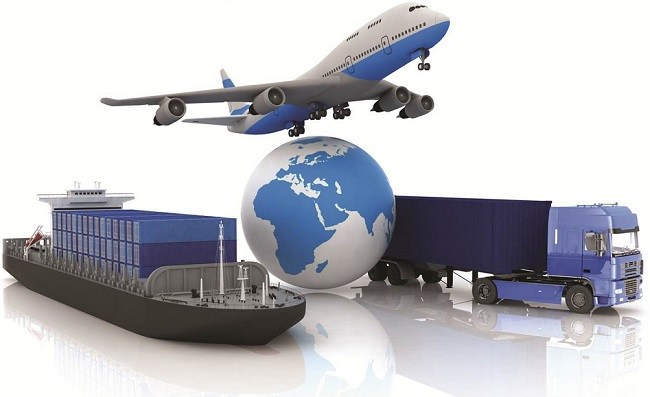The basis of trade, which is generally defined as the purchase and sale of goods, goes back to the primitive societies and the first form in the history of mankind has emerged as exchange. During the periods when money was not yet invented, trade was made as goods / products / services against goods / products / services. Over time, human beings began to carry out the transportation and supply of goods by means of traders, which were defined as overseas trade, so that trade relations began to take place not only with the people nearby, but also between remote regions and states and thus foreign trade emerged. For example, there have been intense commercial relations between the Indus Valley Civilization (2600 BC and 1900 BC) and the Sumerian Civilization (3500 BC – 2000 BC). In the Bronze Age period, trade was also traded via Continental Road between the Continent Europe and the Mediterranean Region and Northern Europe. Again in ancient times, ancient Greek and Roman civilizations in the west, the establishment of Chinese civilization in the far east intensified overseas trade between these civilizations. This trade was carried out through the Silk Road, a world-famous trade route, starting from China and extending to Europe through Anatolia and the Mediterranean. Western countries bought the silk from China through the Silk Road. This situation is the most beautiful and concrete example of intercontinental exchange.
In the Ottoman Empire, until the end of the 19th century, foreign trade policy was generally encouraging imports and its exports were restrictive. In the same period, the foreign trade policy applied in European states, in contrast to the Ottoman Empire, is aimed at increasing exports and reducing imports, and protecting the domestic producer from external competition. As a matter of fact, the Balta Port Agreement signed between the Ottoman Empire and the UK in 1838 and the treaties signed with France and other European countries in the following years made the Ottoman Empire an open market for the developing European industry. As of the end of the 19th century, exports in the Ottoman economy increased steadily. However, since the increase in imports continued in the same period, the foreign trade deficit in the Ottoman Empire gradually increased. Following the World War I, the Ottoman Empire faced serious foreign trade deficits, which were unable to produce solutions in the face of the policies implemented, the Industrial Revolution in Western Europe, and the Western powers complicating capitulations. In the 1980s, external policies were implemented and significant increases were observed in trade volume with the liberalization of trade.
In all this historical process, it has become mandatory to regulate a set of legal rules that regulate certain rights and sanctions for the use of these rights, in particular in the field of foreign trade. Especially in the period of the Republic, taking into account the changes and developments in the field of trade after the World War I, the necessity to take radical measures in our country was born and the first economic crisis in 1929 with the effect of the World No 1705 in 1930 mel Men in the Trade and the Protection and Protection of Exports The law was published in the Official Gazette dated 19.06.1930 and numbered 1524 and entered into force. In 1931, on the basis of Law no. 1705, two Regulations (Regulation) were enacted and issued by the Council of Ministers as Dair Regulation on the Control of Hazelnut Exports ın and Dair Regulation on the Control of Egg Export ınd. In addition to Law No. 1705, the Law No. 3018, published in the Official Gazette dated 15.06.1936 and later on (in 1988), was enacted and the Ministry of Commerce was appointed with standard controls in exportation in order to include the control work in the services rendered directly within the State staff. With the Decree Law No. 188 dated 13.12.1983, the General Secretariat of Foreign Trade and the Standardization Department of the Ministry of Trade on the one hand, the General Directorate of Treasury and the Secretariat General of the Organization of International Economic Cooperation under the Ministry of Finance; The Undersecretariat was established. With the publication of the Law on the Organization and Functions of the Undersecretariat of Treasury and Undersecretariat of Foreign Trade No. 4059 in the Official Gazette dated 20.12.1994 and numbered 22147, the two Undersecretariat were separated from each other. The powers of the Foreign Trade Undersecretariat in 2011 with the establishment of the Republic of Turkey Ministry of Economy has been transferred to this ministry.

Yanıt yok